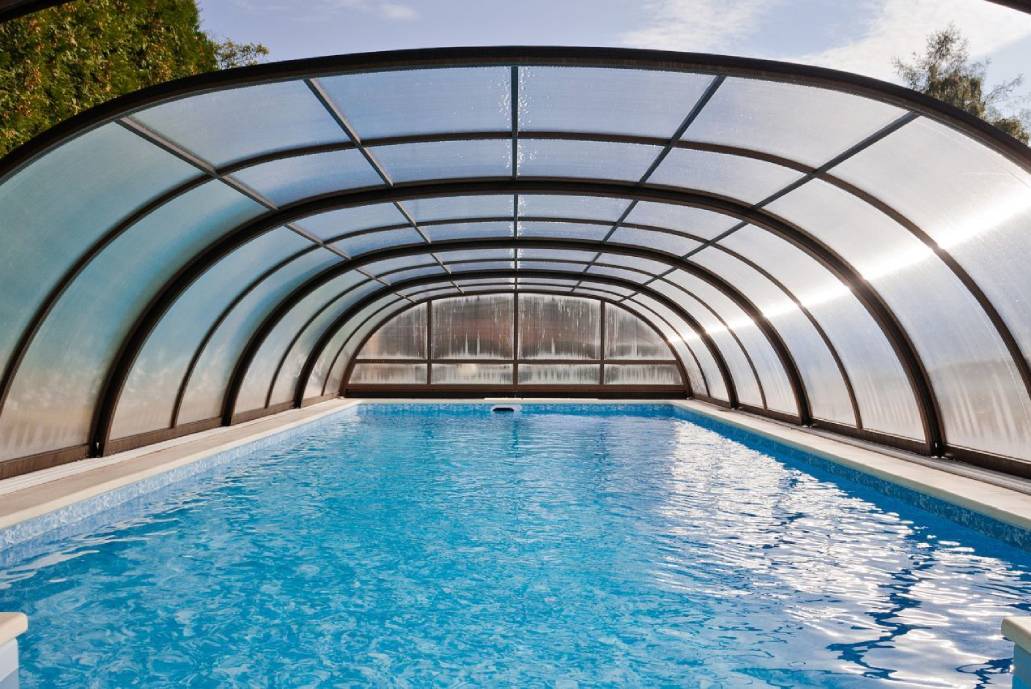
Image Source: Google
Having a swimming pool in your backyard is a luxury that many homeowners dream of. It provides a refreshing retreat during hot summer days and a place for family and friends to gather and have fun. However, a pool can also be a significant investment, and it's essential to make the most of it by creating a backyard oasis that can be enjoyed all year round. One way to achieve this is by adding a stylish enclosure to your swimming pool.
Swim pool enclosures come in various designs and styles, allowing you to create a customized look that complements your home and backyard aesthetic. Whether you prefer a modern and sleek design or a more traditional and rustic look, there is an enclosure available to suit your taste.
One of the main advantages of adding an enclosure to your swimming pool is the ability to use it throughout the year, regardless of the weather conditions. With a high-quality enclosure, you can enjoy your pool even on rainy or windy days, as the structure protects you from the elements. This means you can extend your swimming season and make the most of your investment.
When it comes to choosing an enclosure for your swimming pool, there are several options available. One popular choice is a retractable enclosure that allows you to open or close the structure according to your preferences. This gives you the flexibility to enjoy an open-air swimming experience during sunny days and close the enclosure during colder or unfavorable weather.
Another option is a glass enclosure, which provides an unobstructed view of your surroundings while keeping your pool protected. Glass enclosures can create a seamless connection between your indoor and outdoor spaces, making your backyard feel like an extension of your living area. They also allow natural light to enter, creating a bright and airy atmosphere.
When installing a pool enclosure, it's important to consider the local regulations and permits required in your area. Depending on the size and design of the structure, you may need to obtain approval from the local authorities. It's always recommended to consult with a professional to ensure compliance with the necessary regulations.